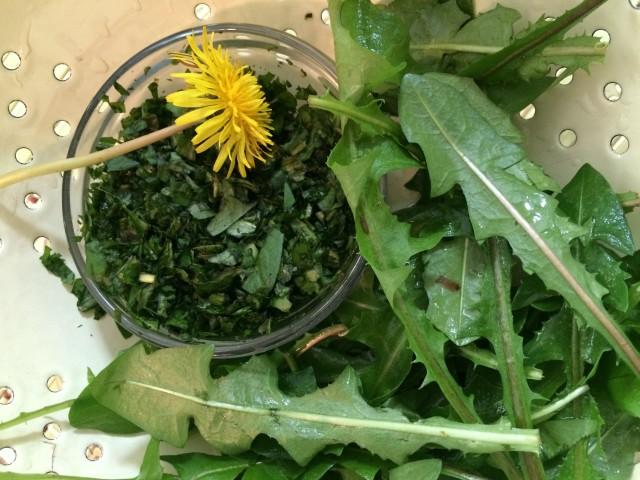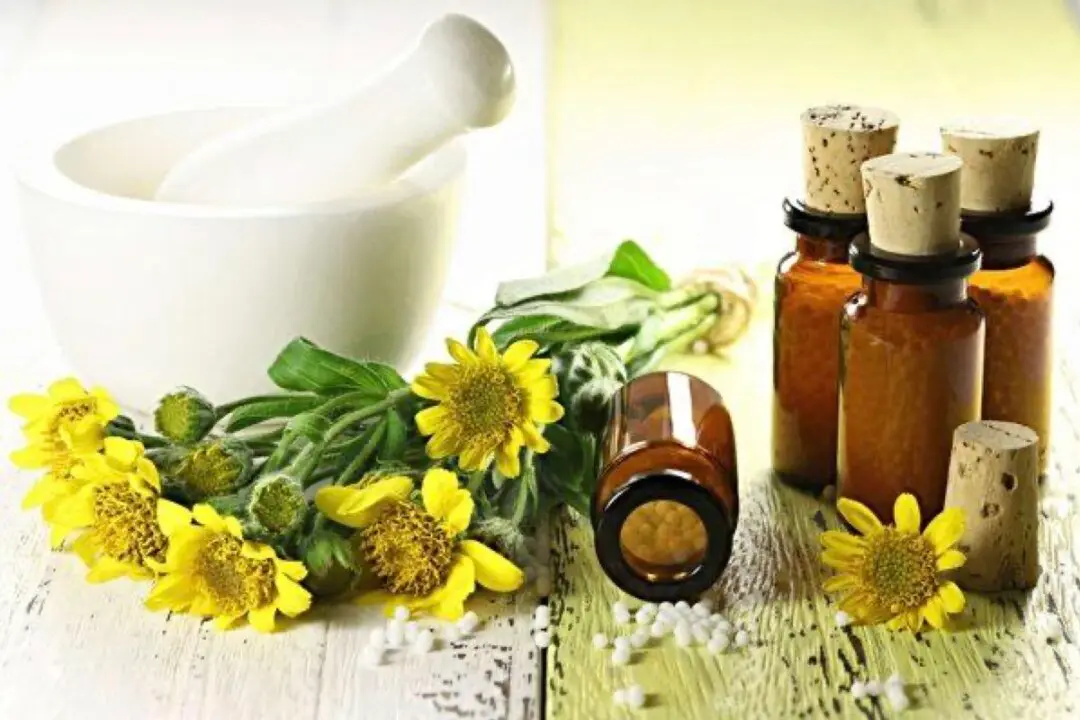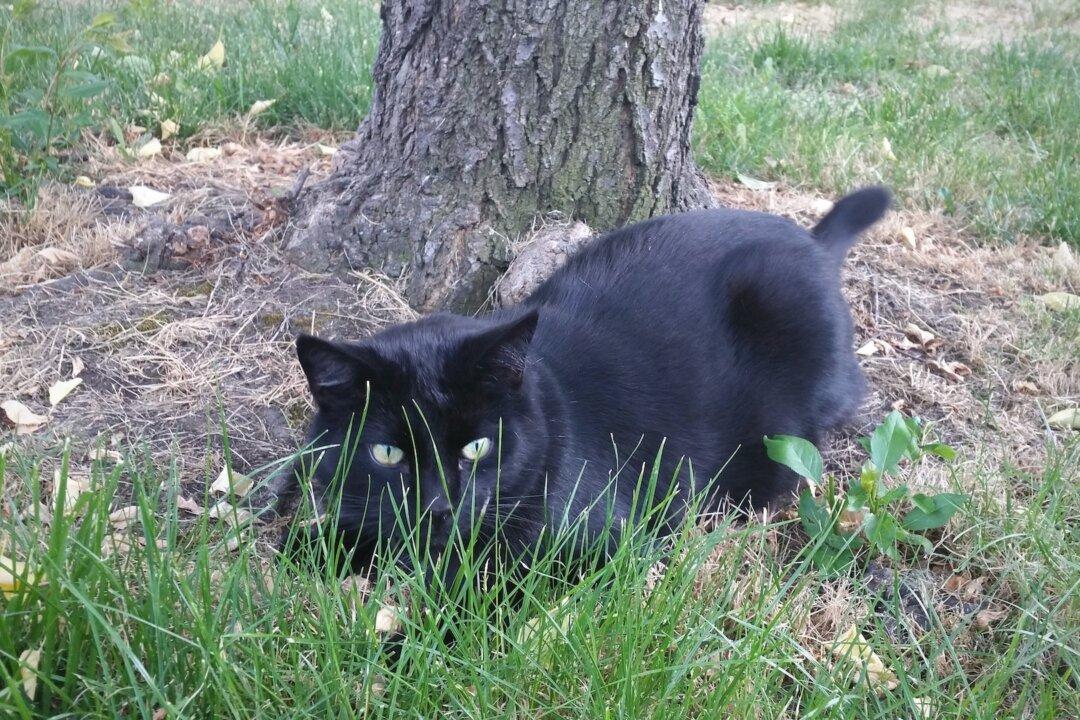As spring unfolds and flowers blossom, weeds also grow in the yard, but not all of them are merely a nuisance. Some of these plants are actually healing treasures that harness the power of nature’s pharmacy.
The Epoch Times talked to Kami McBride, a herbalist for 35 years, who described some of the healing properties of these plants.





